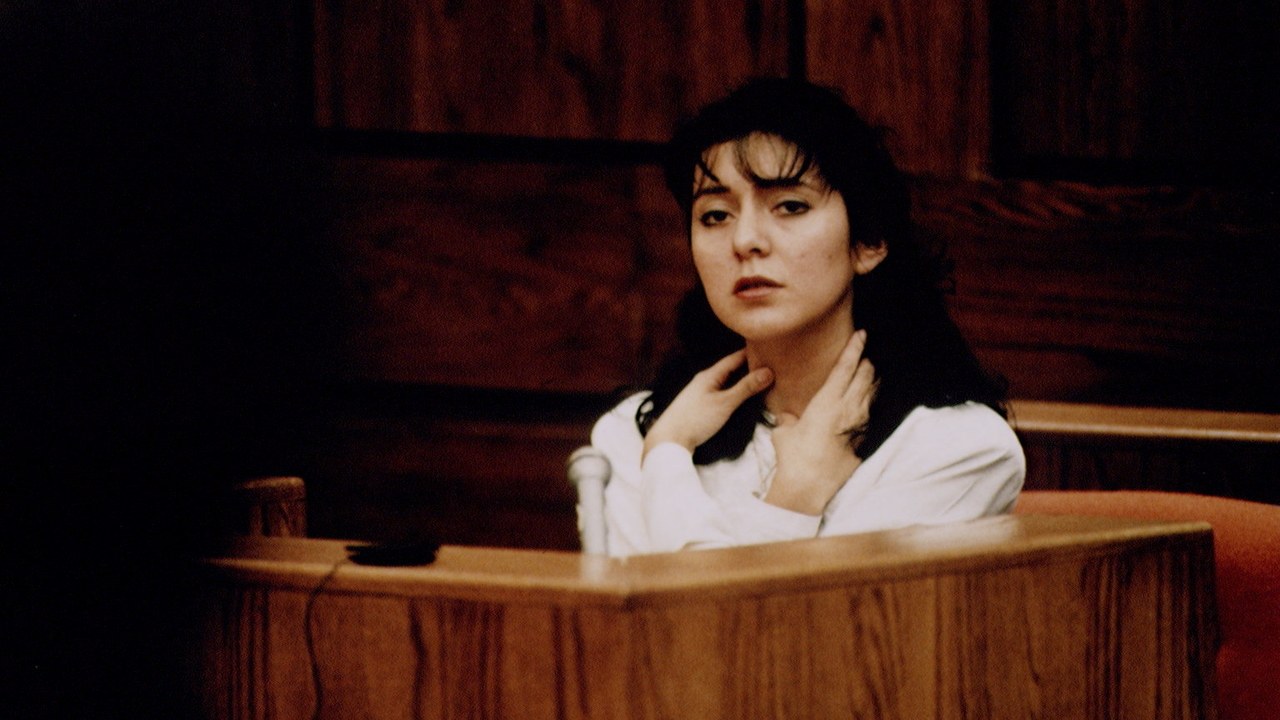'Lorena' on Amazon Reexamines Lorena Bobbitt and Shows She's So Much More Than a Punchline

For the sake of clarity, it is worth dwelling on what John Wayne Bobbitt was accused of. She met him when she was 19, at a dance for enlisted men. They were married within a year. According to Lorena, he began to hit her a month later. The film details how, after he left the military, John couldn’t keep a job. He worked as a bouncer for a time, but Lorena recalls that he spent his time, for the most part, drinking. She was left to support both of them with her wages from the nail salon. The bank foreclosed on their house, and she alleges the beatings escalated. At one point Lorena got pregnant on purpose, thinking that a child would make John gentler and more responsible. When he found out, she says he forced her to have an abortion—even though it went against her Catholic beliefs. When he took her to the clinic, she claims he made cruel jokes about needles and syringes penetrating her vagina. (He denies these allegations.)
John appears several times in the series, interviewed from a wide barcalounger in his home and drinking from a Big Gulp. He speaks in short, muttered sentences. He does not seem sad, remorseful, or embarrassed about the incident; indeed he shows remarkably few signs of having any inner life at all. Several people in Lorena comment on John’s good looks, and it’s true that he was very handsome when Lorena married him, is handsome even now, diminished though he is by a age and a bigger, softer body and a reddened complexion. He has piercing, beautiful blue eyes, but there seems to be nothing going on behind them. At his own criminal trial for sexual assault against Lorena—the acquittal wasn’t surprising in the early nineties, when much of the country still considered “marital rape” an oxymoron—one of the arguments of his defense team was that John’s testimony should be considered credible essentially because he was too stupid to lie.
In the series, two of John’s friends at the time are interviewed and give credence to the assault accusations. One of the men testified that John described the rapes to them in boasting terms: “He liked to make girls squirm. And yell. And make them bleed, and yell for help.” John insists he never raped Lorena, but she describes a consistent pattern: He would come home drunk at three or four in the morning and she would wake up to him already raping her, or he would lurch onto her when she was home from work. On the stand at her criminal trial for malicious wounding, Lorena could barely get out the words. The documentary shows her sobbing in the witness box in big, indelicate gasps, tears streaming down her face as she told the court, humiliated, how he liked to sodomize her. Off camera, the voice of a lawyer can be heard. “And did he use any lubricant?” “No.” According to Lorena, John beat and raped her nearly every day. She testified that he did this for years.
On the night she cut his dick off, Lorena told law enforcement John came home drunk again in the early hours of the morning and got on top of her, ignoring her pleas to stop. Afterward, she went into the kitchen for water, trying to calm down. She says she saw the kitchen knife illuminated by the light from the refrigerator. It was a clean cut.
After the incident, public attention focused almost entirely on the severed penis. Its functionality or lack thereof, how and where it had been found, all became the subject of lurid public interest. There was something a little too on the nose about the spectacle of a woman cutting off a man’s penis. In 1993, America was haunted by anxieties about gender. More women were working, living on their own, having casual sex, and participating in public life than ever before, and many men were anxious, as they are now, about women’s rise. John’s severed dick became a symbol of all of America’s fears about feminism, the unsubtle Freudian symbol of men’s anxiety about women and their untapped power. But none of those anxieties had much to do with Lorena, or with the reality of her story. She became a symbol of women’s rage, how it is unjustified and dangerous. The real Lorena does not seem angry. She seems tired and scared. But public spectacle isn’t meant to accommodate women’s pain, and so Lorena was turned into a caricature instead.
But there has always been a different interpretation of Lorena—one that views her act as understandable, if less than ideal. From this standpoint, her decision can be seen as not insane, but eminently rational. When she had her day in court, she said she had been raped over and over again by the same attacker. And then she removed her attacker’s weapon.




